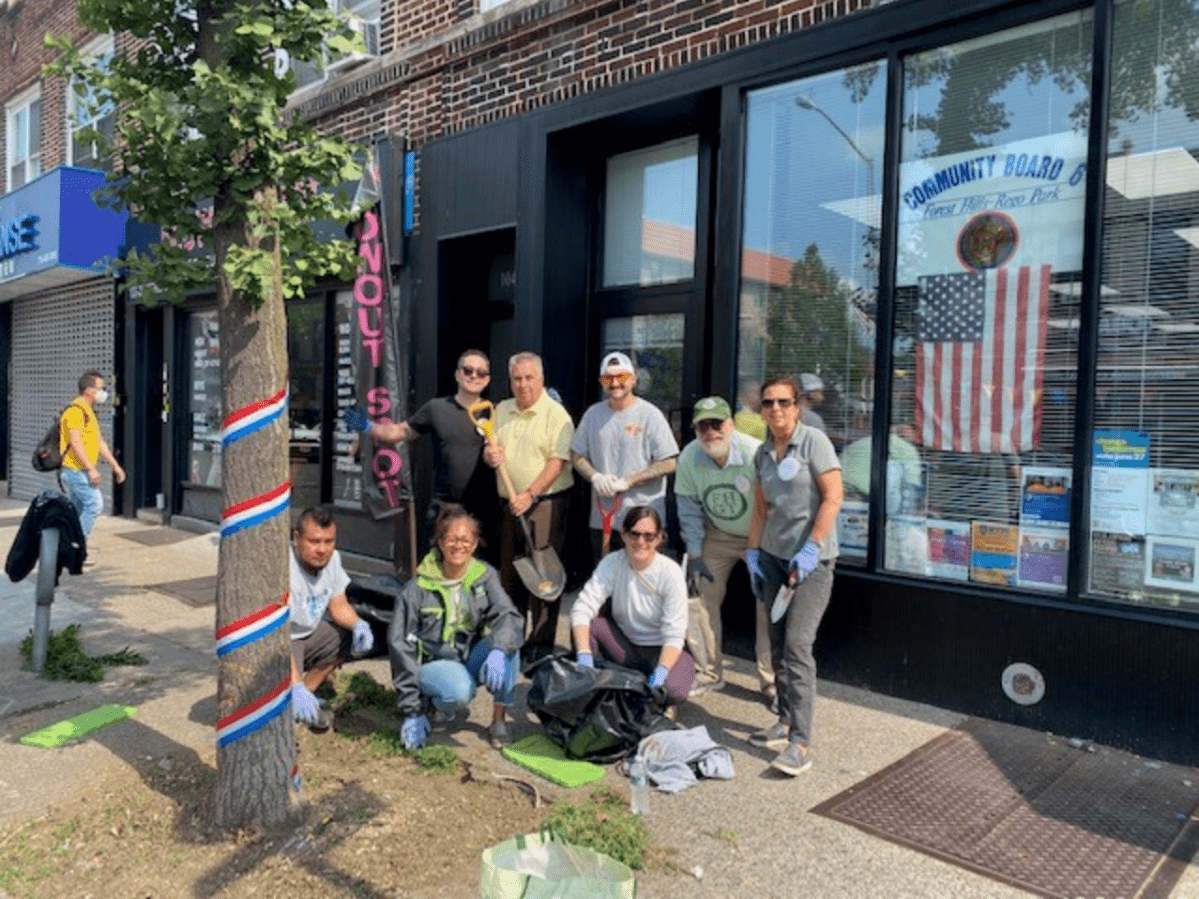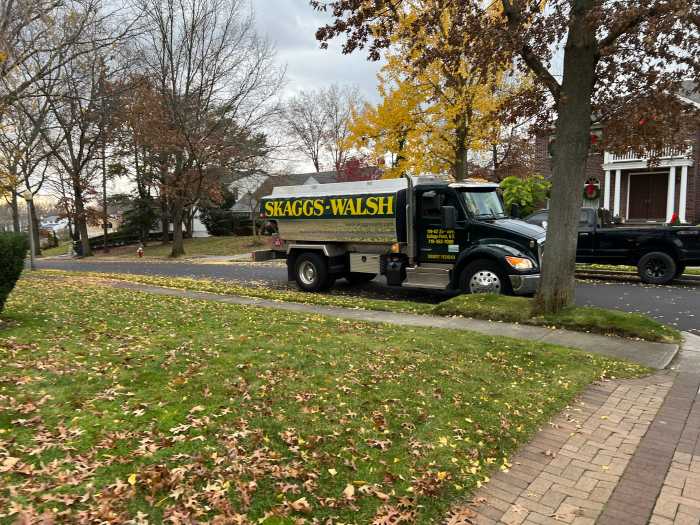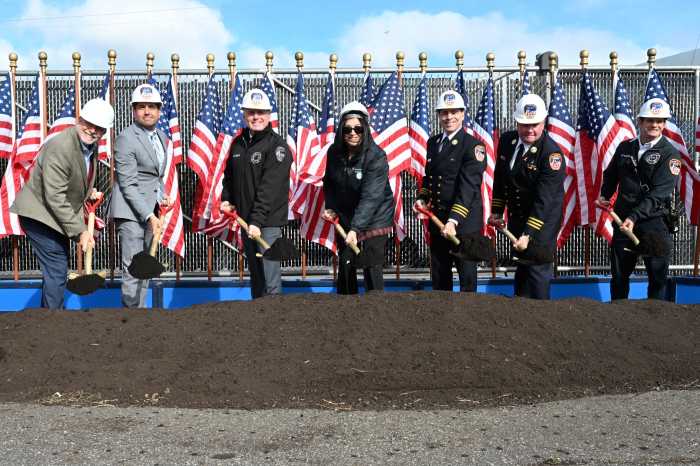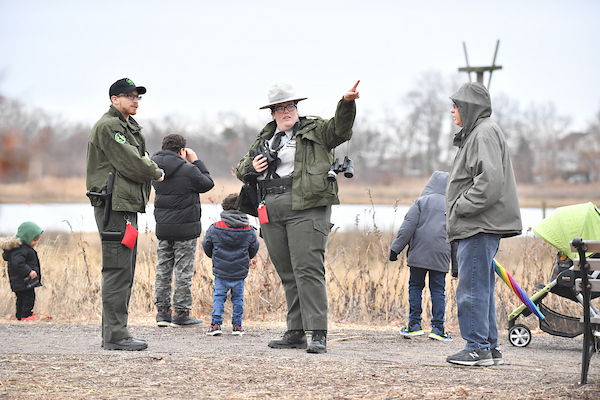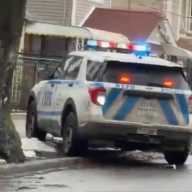The Forest Hills Green Team (FHGT), a volunteer-led initiative that organizes on the ground activities and engages in advocacy dealing with climate change, is working to restore tree pits in the community.
The group, in collaboration with the Metro Village of Forest Hills, is participating in the city Parks Department initiative called the Tree Stewardship Program, where volunteers help with forest and wetland restoration, planting and pruning street trees, harvesting and propagating native seed and monitoring local wildlife.
On June 9, FHGT’s volunteers removed weeds, aerated the soil and applied wood chip mulch to tree pits along the commercial corridor of Metropolitan Avenue.
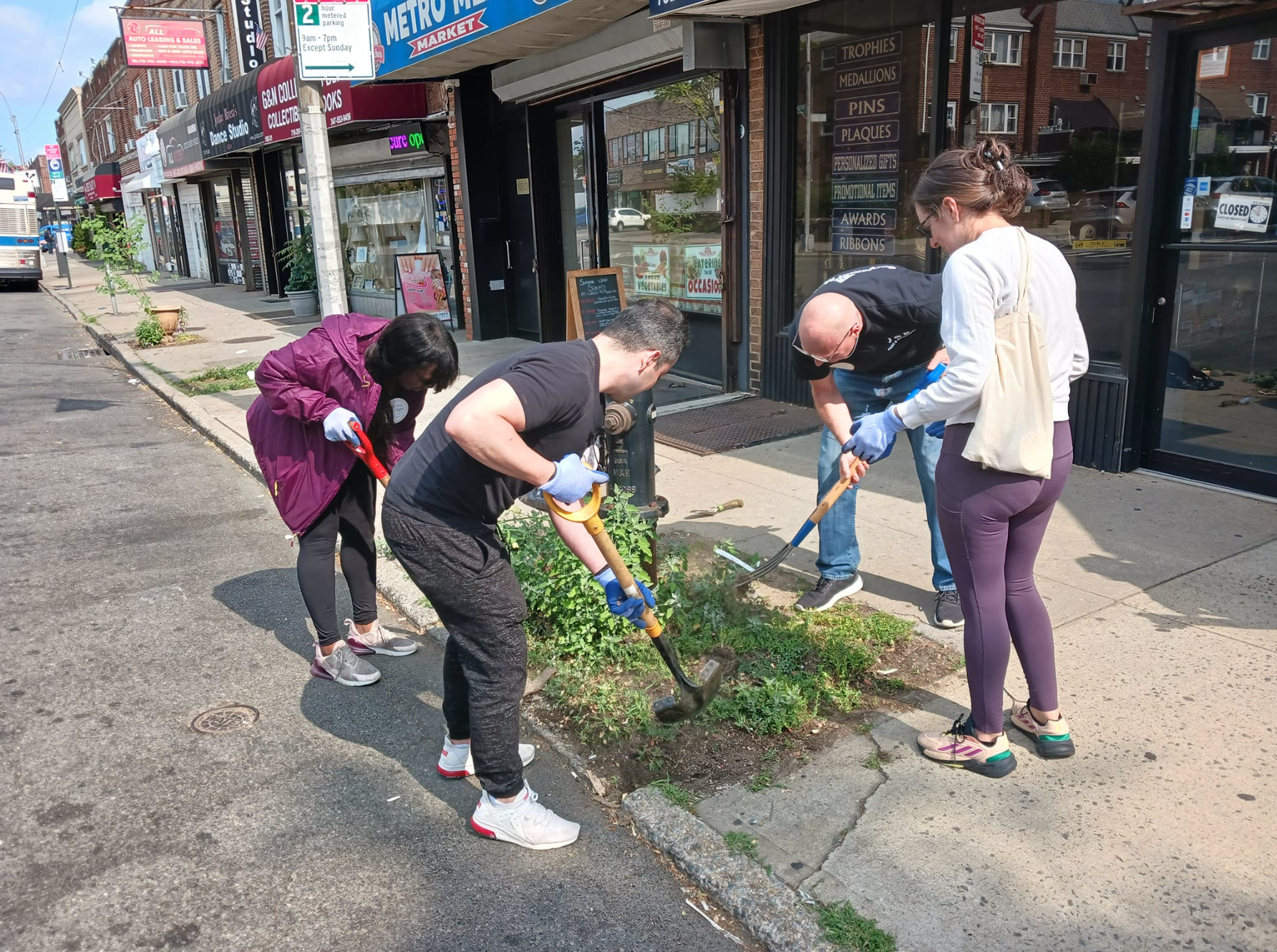
“We did an inventory of all the tree pit locations, identified the areas that need care and we’re going out and doing the work,” said Dan Miner, co-chair of FHGT who spearheaded the initiative.
According to Miner, the best practice for taking care of urban street trees is by removing the weeds and grass, carefully aerating the soil with various mulches, and filling in the empty tree pit with a layer of wood chip supplied from the Parks Department.
With more trees within a community and the city, less heat will be absorbed by the buildings during the hottest times in the summer, Miner said.
“Cities are a vast amount of concrete, cement, steel, glass and it heats up. When you have many trees in the city, you’re reducing the vulnerability to the Heat Island Effect and New York City’s risk of getting extreme summer heat wave events,” Miner said.
The Heat Island Effect occurs when cities replace natural land cover with dense concentrations of pavement, buildings and other surfaces that absorb and retain heat, according to the U.S. Environmental Protection Agency (EPA). Heat islands are urbanized areas that experience higher temperatures than outlying areas, according to the U.S. Environmental Protection Agency. Structures such as buildings, roads, and other infrastructure absorb and re-emit the sun’s heat more than natural landscapes such as forests and water bodies. Urban areas, where these structures are highly concentrated and greenery is limited, become “islands” of higher temperatures relative to outlying areas.
“The city already has initiatives in place to protect and take better care of the street trees and advocates are pushing for even more programs to protect, expand and extend New York City’s urban forest which is a real thing. It’s not just trees in large parks — it’s trees along streets and commercial corridors.”
After restoring about 15 to 20 tree pits along Metropolitan Avenue, Mark Laster, co-chair of FHGT, said the group is looking forward to organizing another event later this month or early July to clean up more tree pits.

The group is working with Councilwoman Lynn Schulman’s office to secure more wood chips from the Parks Department for the initiative, and identifying locations where trees can be planted.
According to Laster, the councilwoman’s participatory budgeting project includes approximately $100,000 on purchasing more street trees.
“We told her trees are needed in the community. While cleaning a week and a half ago, we noticed a lot of tree pits that don’t have trees,” Laster said. “The money was supposed to be allocated and right now the city budget hasn’t been passed yet. Once the money is there, at least it’s been approved by the community as a priority.”
Aside from the Tree Pit Stewardship Project, the FHGT is continuing its ongoing Yellowstone Beautification Project by transforming an “ugly, weed covered eyesore” into a nice garden. The group also conducts a community food scrap collection drop-off every Sunday from 10 a.m. to 1 p.m. nearby Central Queens Y. The food scraps are then sent to the Queens Botanical Garden’s composting site.
“There are many, many ways that we can individually, in our neighborhoods, communities, in our organizations, move towards more climate protected ways of doing things,” Miner said. “It can be very small actions like taking food scraps to a drop-off collection site, or participating in already existing recycling programs or conserving energy.”

